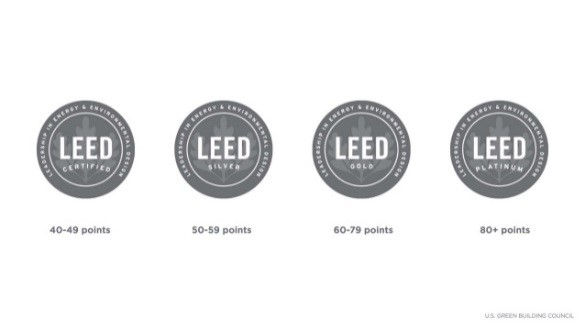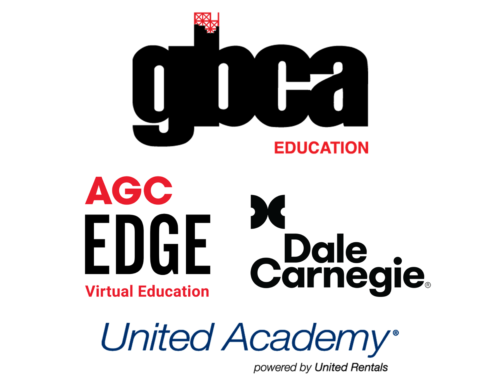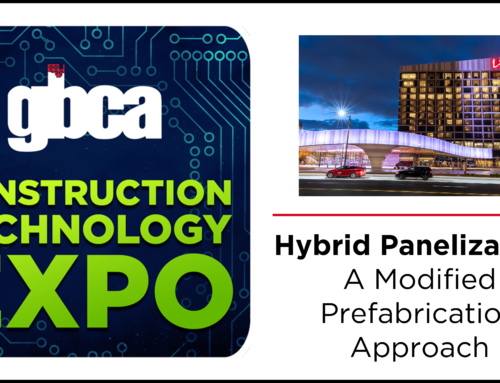by the United States Green Building Council (USGBC)
- LEED is the most widely used green building rating system in the world. It works for all buildings at all phases of development, from new construction to existing buildings, and all building sectors, from homes to hospitals to corporate headquarters.
- LEED ensures sustainability, resource efficiency, and is better for the bottom line.
- LEED offers a concise framework for identifying & implementing practical & measureable green building design, construction, operations & maintenance strategies and solutions.
- There are different LEED ratings, including: LEED certified, LEED silver, LEED gold, and LEED platinum.

- LEED can help you save money, consume less energy, use less water, use fewer resources, and offer better indoor environmental quality.
- LEED helps building owners share their corporate social responsibility story while enjoying the positive public relations benefits associated with sustainability and reducing their impact on the environment.
- Every day, 1.8 million square feet of building space is LEED certified.
- LEED is used by companies all over the world.
- According to the United States Green Building Council, LEED building owners reported: reduced operating costs, lower employee absenteeism & turnover, higher resale value, less time on the market, faster lease up rates, and reduced risk.
- LEED buildings command rents as much as 10% above market value, and lease up rates as much as 20% above average.
- As compared to conventional construction, LEED offers 30-40% savings on energy and water, 2-10% increase in employee productivity, and 35% less absenteeism.
- The average cost paid to USGBC for LEED certification is $5,000. The average cost for LEED implementation is 1-3% of a project’s total budget cost, and the average return on investment is 1-3 years.
- Every $1 per square foot saved in operating expenses increases property value by $10 per square foot.
- Studies have found a positive correlation between improved indoor environmental quality and human health, productivity and attendance.
- Staying ahead of environmental regulations & insurance requirements means avoiding sick building issues.
- Bringing design and building teams to the table means fewer delays and cost overruns.
- There are 750+ policies that incentivize LEED across federal, state and local governments.
- Green Business Certification, Inc. (GBCI), the premier organization for independently recognizing excellence in sustainability performance and practice globally, is the third party certification body for LEED.
- Third party verification helps guarantee that each project saves energy, water and other resources, reducing the overall environmental impact. Third party certification also means transparency.
- Careful validation ensures that LEED projects are among the most efficient, high performing buildings in the world.
- Nearly 15 billion square feet of building space has been LEED-certified.





